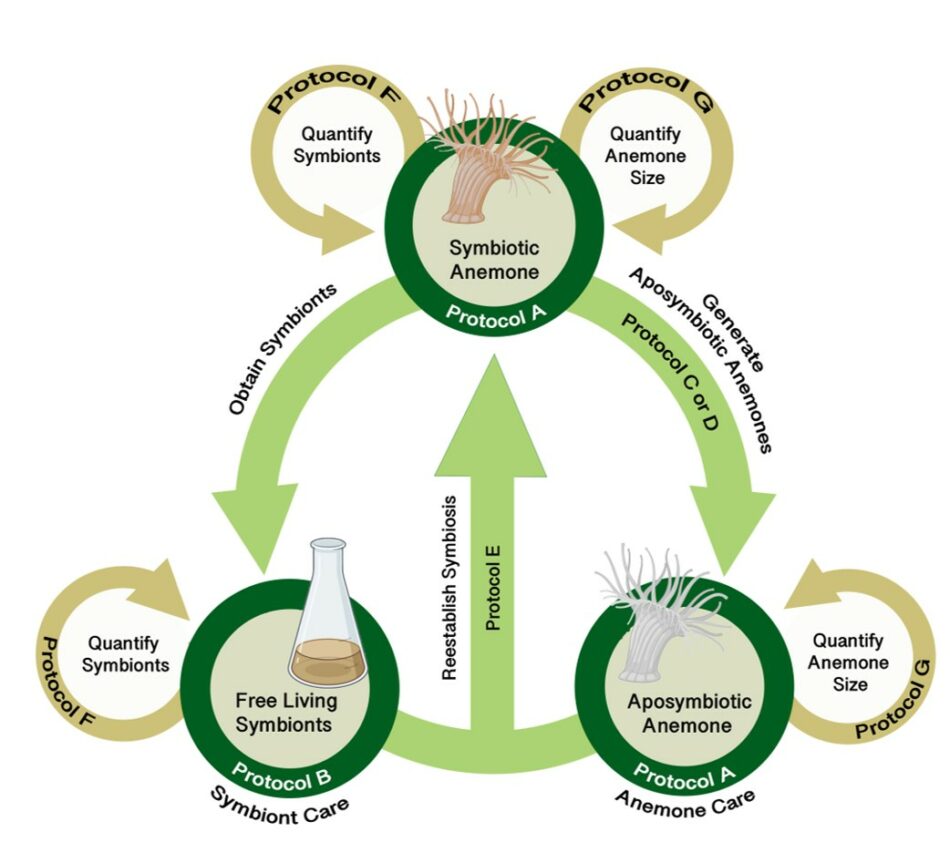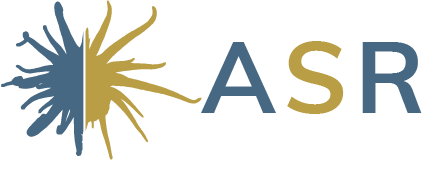Incorporating Aiptasia into the classroom
The sea anemone Exaiptasia diaphana (Aiptasia) has emerged as an ideal model for studying many aspects of coral biology. Importantly, Aiptasia, like their coral cousins, naturally host photosynthetic symbionts from the family Symbiodiniaceae. Unlike corals, however, Aiptasia are easy to rear in the laboratory. They reproduce both sexually and asexually, can be maintained with or without symbionts, and are amenable to many standard laboratory techniques. While all of this makes them excellent model organisms for research, a group of us that focus on teaching undergraduates have realized the incredible potential of Aiptasia as a teaching tool. Not only is Aiptasia a charismatic system, but its biology is interesting at a variety of scales across many subdisciplines of biology. We have developed modules using Aiptasia to investigate the effects of environmental toxicants on reproduction in an introductory course, to demonstrate the fundamentals of photosynthesis in a cell biology course, and to teach principals of research design in an experimental methods course. Using the recently published genome and a variety of transcriptomes, we have developed projects and whole courses that allow students to engage with bioinformatics in the context of Aiptasia. While useful for teaching each of these topics, we believe the true power of working with Aiptasia is that it allows undergraduates a chance to conduct authentic research in an area of biology with many unanswered questions. Further, it provides an excellent opportunity to talk with our students about coral bleaching and to highlight the danger posed by global climate change.
Our Aiptasia Education Network is a collection of faculty instructors from many institutions working on the best practices for use of Aiptasia in various classroom and teaching laboratory settings. The team has assembled a set of protocols and guides based on the experiments depicted below. Click on links to access these resources.

